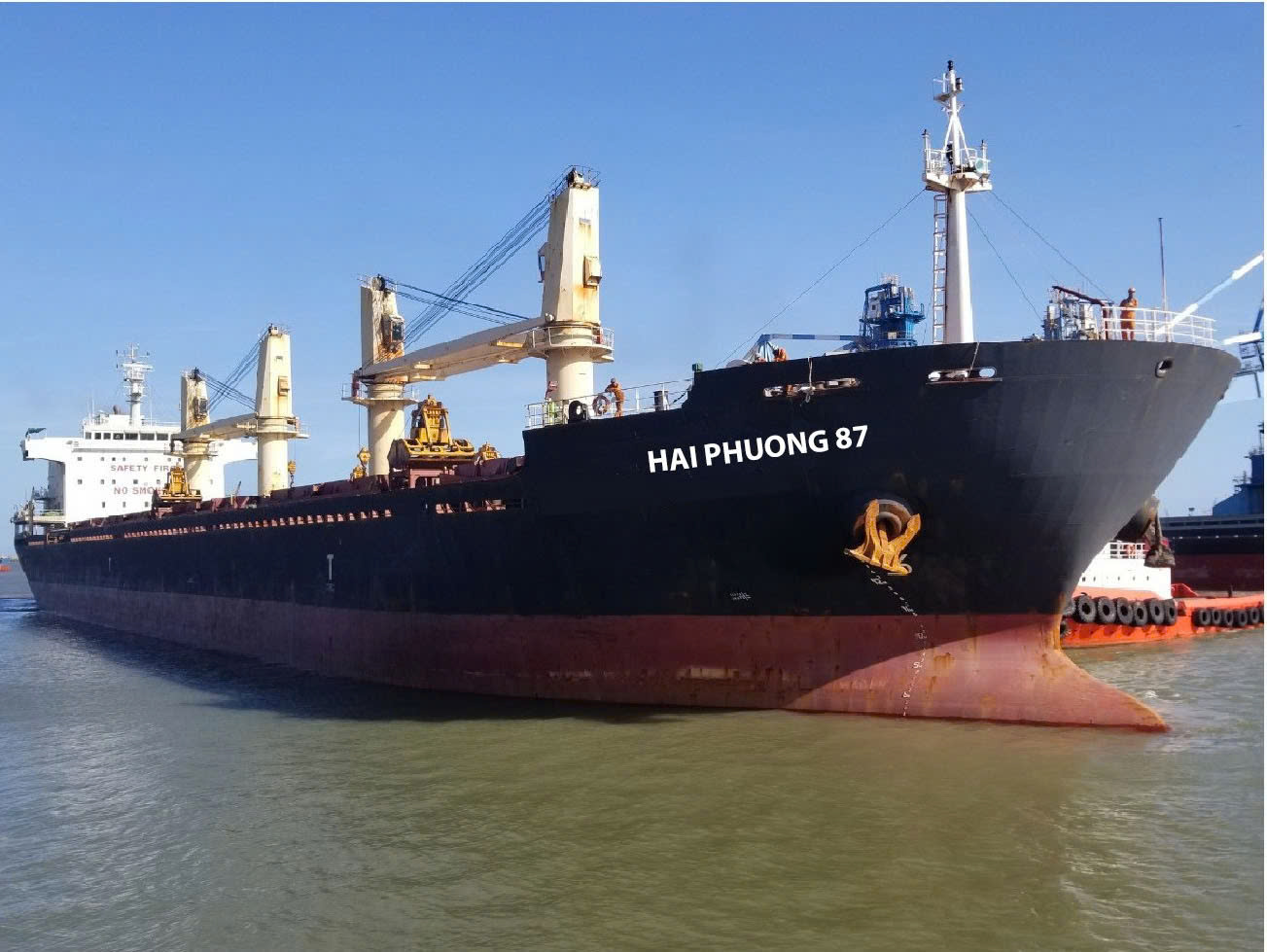
The chemical tanker market is entering a challenging phase as the imbalance between supply and demand becomes increasingly evident.
1. Surging Supply
2025 marks a record year for new chemical tanker deliveries, especially in the smaller stainless-steel segment (6,000–12,000 DWT). As many as 64 new vessels are scheduled for delivery – the highest number since 2009. Looking ahead, the fleet will continue expanding with more than 300 vessels due for delivery over the next two years, before easing to around 200 in 2027.
2. Sluggish, Even Declining, Demand
In contrast to supply, global seaborne chemical trade is expected to grow by just 0.3% this year, with most of the increase coming from inorganic chemicals and vegetable oils.
However, several key segments are slowing down:
Indonesia has sharply reduced palm oil exports, as the country prioritizes domestic consumption under its B50 biodiesel program (blending palm oil with conventional diesel).
Organic chemicals are facing weaker demand.
China, once a major styrene importer, is rapidly expanding domestic production and is likely to become a modest exporter by 2026, but with much lower volumes.
3. Consequences: Falling Rates and Pressure on Owners
This supply–demand imbalance has driven short-term charter rates down nearly 20% year-on-year. Owners relying on short-term charters are under heavy pressure in the absence of stable, long-term contracts, while operational costs continue to rise.
Adding to the challenge, the aging fleet is becoming a major concern. The average vessel age in the segment is now about 14.5 years, with 88 vessels over 25 years old – posing significant risks in terms of environmental compliance and maintenance costs.
4. Geopolitical Factor: Rerouting Around the Red Sea
Geopolitical tensions in the Red Sea present another complication. Renewed Houthi-led attacks have forced many owners to avoid the Suez Canal route, diverting vessels around the Cape of Good Hope instead. While this significantly increases voyage time and fuel costs, it also absorbs some capacity on East–West trades.
The chemical tanker sector is facing a textbook case of “supply outpacing demand”: strong fleet growth, sluggish trade volumes, rising costs, and geopolitical risks. Against this backdrop, owners and exporters must adopt flexible strategies – from cost management and securing longer-term contracts, to adjusting trade routes in line with shifting market dynamics.
